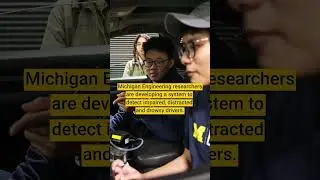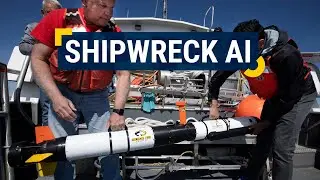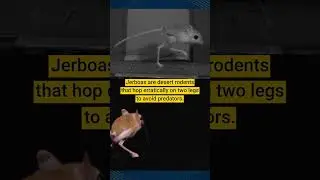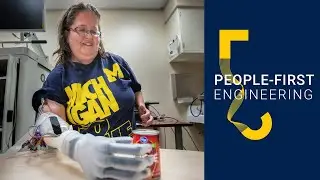Wearable Sensors
Current measurements like heart rate and blood pressure are diagnostic measurements that have been in place for decades or more. These methods don’t address accurately the issue that patients experiencing trauma, undergoing dialysis, or septic patients commonly have in that they can’t capture the amount of blood flowing through a patient’s blood vessels.
This measurement of the blood, known as fluid status, has a new champion in a wearable device developed by researchers at Michigan. By connecting four electrodes and strapping the DRIVE wearable to the upper arm or leg the device passes an almost imperceptible amount of electricity through the limb and can then measure the amount of blood flow. This device can be used by the most experienced physicians as well as the most inexperienced patients, and eliminates the need for invasive and costly methods like ultrasound and catheters while at the same time providing a more accurate and continuous data stream.
ABOUT THE PROFESSOR
Kevin Ward is a Professor in the Department of Emergency Medicine at the University of Michigan. Dr. Ward’s research interests span the field of critical illness and injury including battlefield medicine in regards to oxygen transport and resuscitation, noninvasive monitoring, hemostasis and inflammation, and in using computational medicine and systems biology to both model and detect injury. His approach is to develop and leverage broad platform technologies capable of use throughout all echelons of care of the critically ill and injured as well as in all age groups. Dr. Ward’s work has been funded by the NIH, Department of Defense, and NSF. He has been continuously funded by the Department of Defense for over 10 years in areas ranging from hemostasis to resuscitation and monitoring.
Barry Belmont is a Graduate Research Assistant in the SM Wu Manufacturing Research Center's Biomedical Design and Manufacturing Laboratory. Barry works to develop non- and minimally-invasive imaging and monitoring systems. His current work on multimodal imaging via bioimpedance and ultrasound for the continuous, real-time assessment of tissues and systems is done in collaboration with the Departments of Emergency Medicine and Nephrology.































